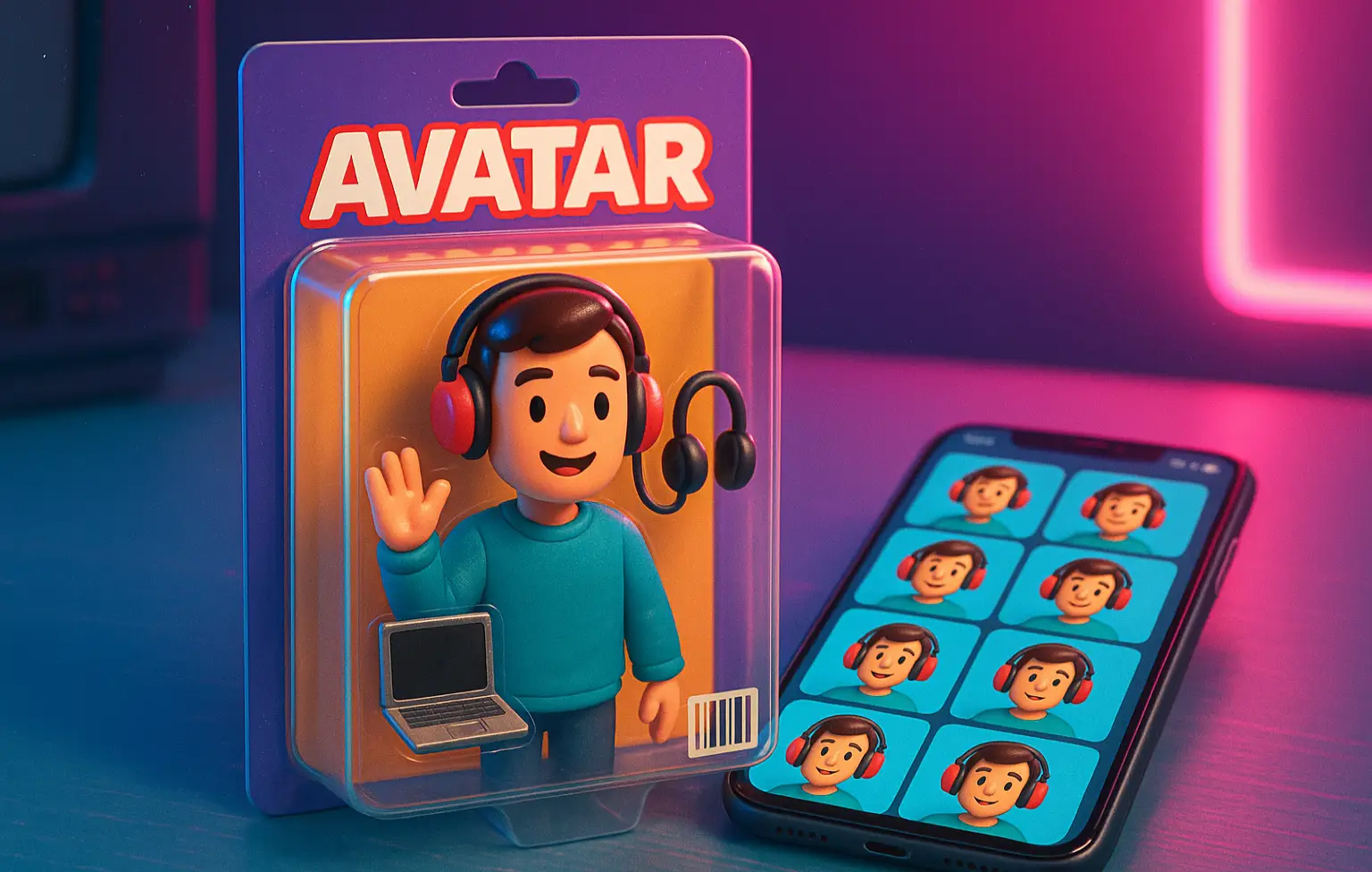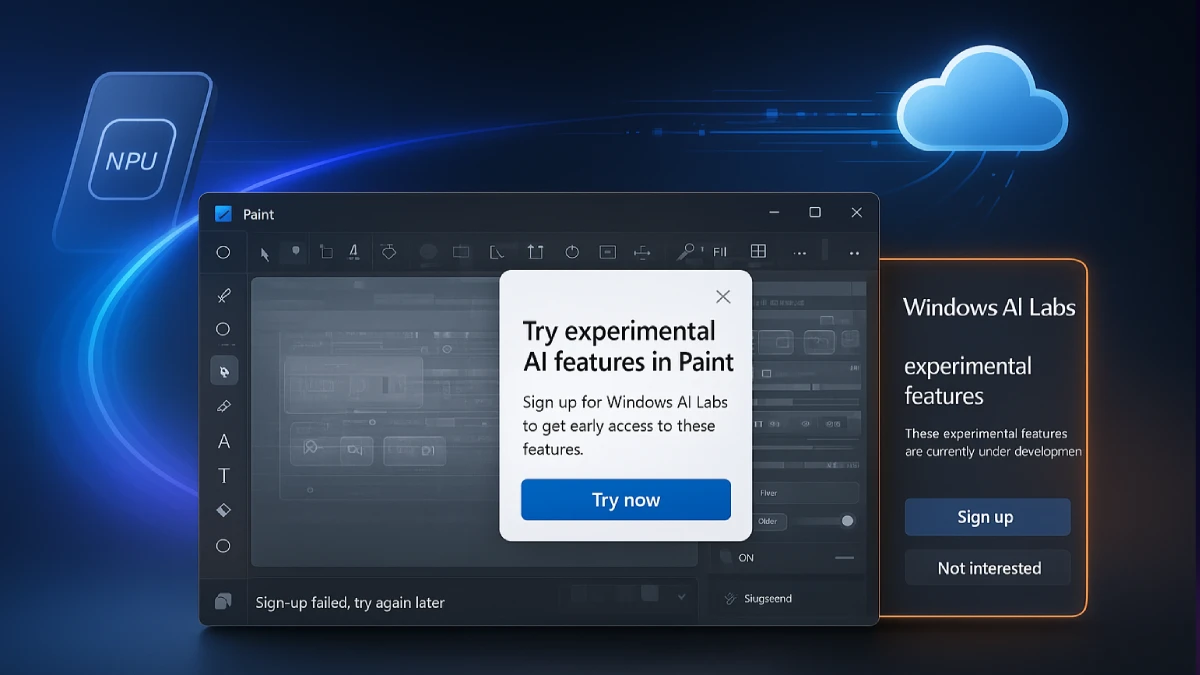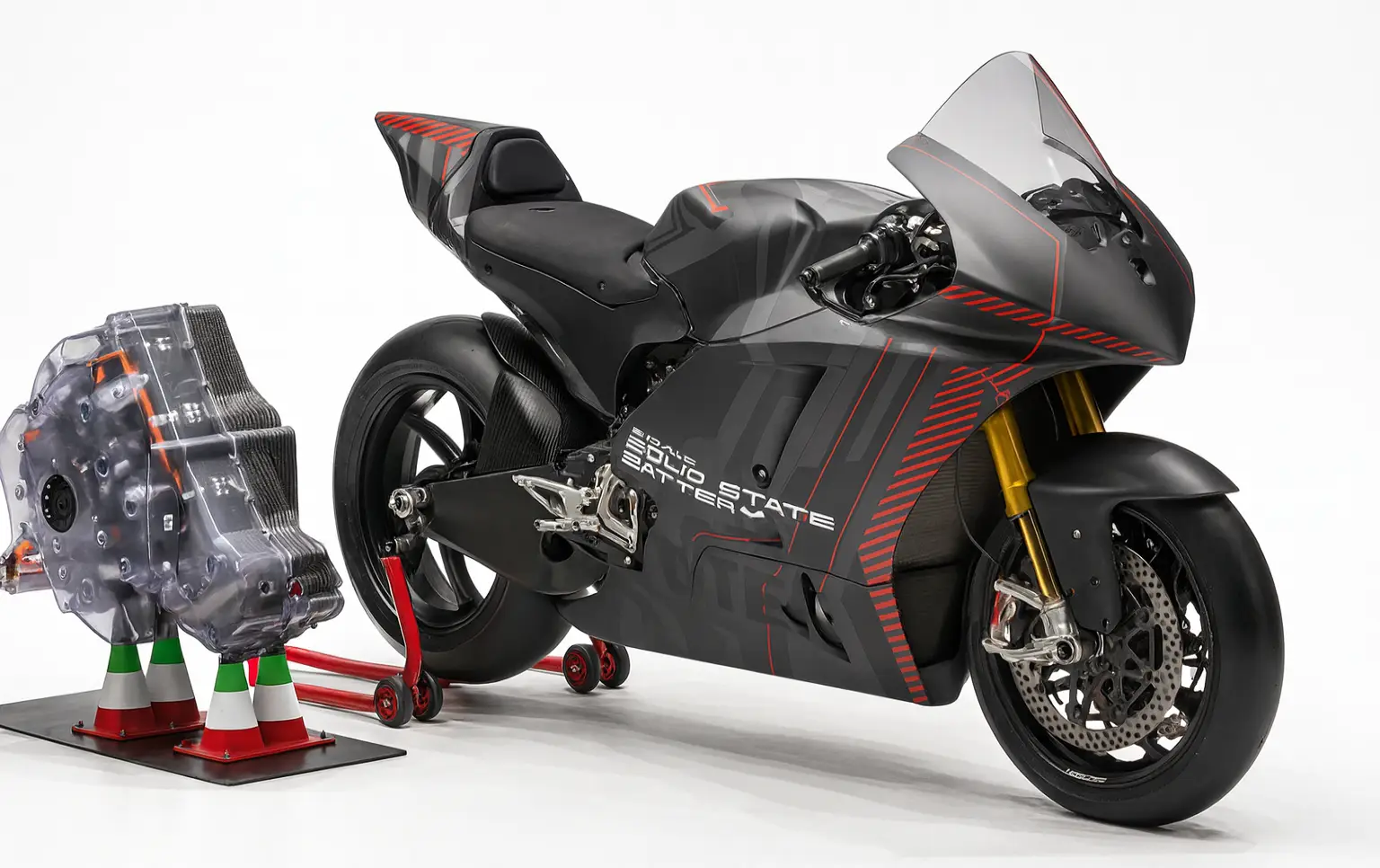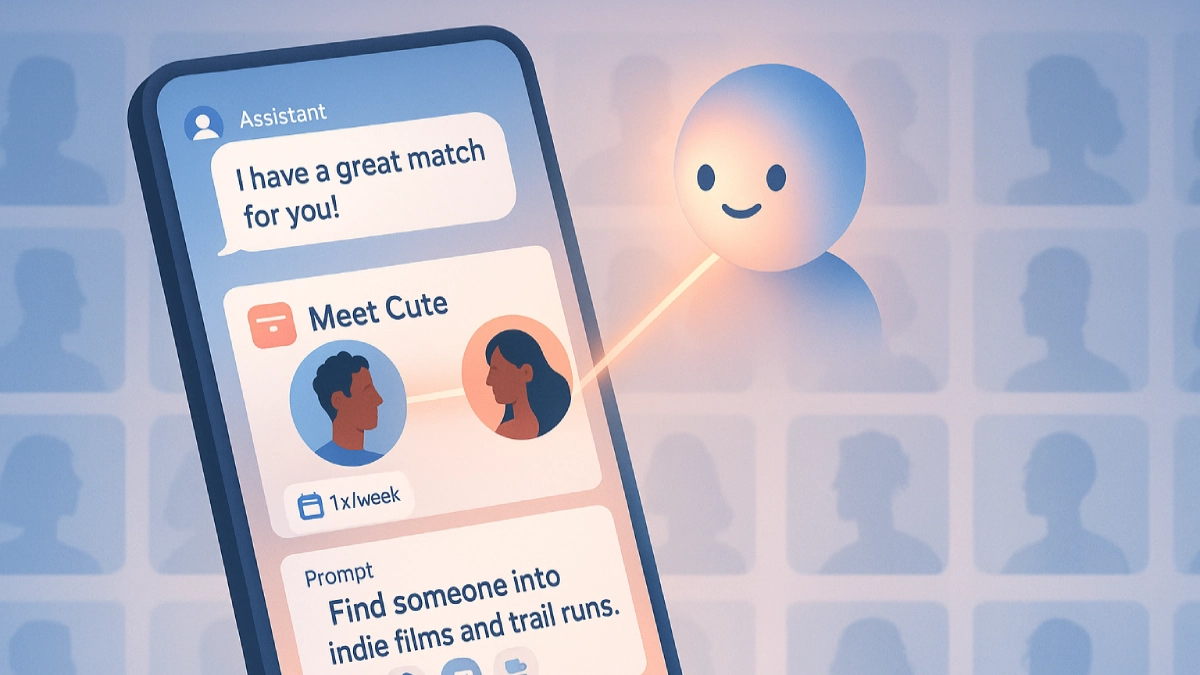Meta just unveiled an end‑to‑end pipeline that scans physical spaces, turns them into shareable VR destinations, and pairs them with a centralized streaming hub—shifting VR from isolated apps to a living graph of places, people, and premium media.
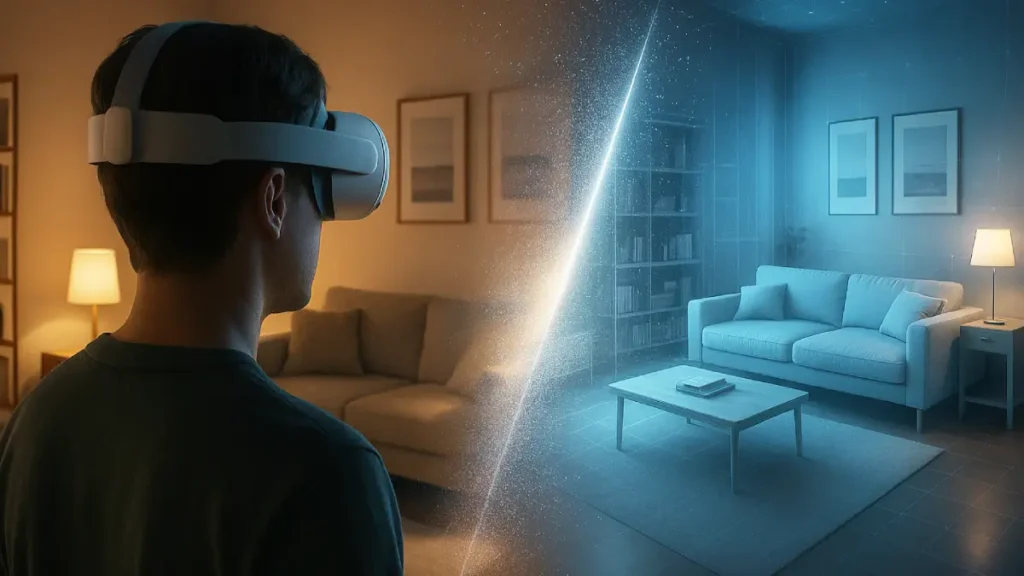
What Meta Announced
Headset‑native scanning
Meta introduced a Quest 3/3S app (Hyperspace/Hyperscape Capture) that scans rooms in minutes to produce photorealistic, static VR replicas; initial viewing is private, with social visits and uploads to Horizon Worlds on the roadmap.
Creation engine and AI studio
Horizon Engine upgrades performance, scale, and concurrency for larger, more realistic worlds, while Horizon Studio layers generative tools and upcoming assistants to compress world‑building from months to minutes.
Streaming hub integration
A new Horizon TV hub aggregates major streaming apps and adds cinematic effects (Dolby Atmos now, Dolby Vision later), situating user‑made spaces alongside studio content under one roof.
The Capture‑to‑Distribution Pipeline
Capture
- Use Quest 3/3S cameras to create “true‑to‑life” room replicas in minutes, processed in the cloud.
- Launch examples include celebrity spaces (e.g., studios and kitchens) to demonstrate fidelity and appeal.
Authoring
- Horizon Engine provides higher‑fidelity graphics and larger concurrency envelopes.
- Horizon Studio adds AI for textures, audio, skyboxes, scripts, and assistant‑driven automation to lower barriers without capping ceilings.
Distribution
- Horizon TV centralizes streaming, discovery, and headset‑native effects, positioning Quest as both social venue and cinema.
- The proximity of UGC spaces and premium IP invites cross‑pollination in viewing and social patterns.
Why It Matters Now
Consumer‑grade volumetric capture
Putting scanning on a $300‑tier headset moves photoreal capture from professional studios into households, expanding the map of “visit‑able” spaces.
Social teleportation as a north star
Static captures today foreshadow place‑based presence—shared visitation and Worlds uploads will make personal spaces social primitives.
UGC meets premium media
A TV hub ensures captured worlds don’t exist in isolation; they live next to studio releases, aligning viewer intent, discovery, and participation.
Who This Reshapes
Creators and indie teams
AI‑assisted tools shrink time‑to‑world, enabling small teams to ship detailed spaces faster and iterate with assistants over time.
Venues and brands
Showrooms, pop‑ups, museums, and backstage tours can become persistent digital twins, turning physical foot traffic into programmable presence.
Entertainment studios
Headset‑native mixing (Atmos now, Vision later) plus immersive effects create differentiators that encourage VR‑first mastering pipelines.
Social platforms
If personal spaces upload into Horizon Worlds, identity shifts from profiles to places, anchoring interactions in rooms rather than feeds.
Technical Constraints And Open Questions
Static scenes and dynamics
Captures are “still‑life” environments today; dynamic objects and live presence aren’t embedded yet, though social visitation is planned.
Privacy and sharing
Scans start private, with promises of granular sharing (private links, controlled access). Clear policy and trust UX will shape adoption.
Capture scope
Early guidance and demos emphasize interiors; outdoor capture reliability and lighting constraints remain to be validated.
Scale and concurrency
Horizon Engine claims higher concurrency, but real‑world performance under population spikes needs independent verification.
Competitive Posture And Second‑Order Effects
Headset‑first photogrammetry
Aligning capture with the viewing medium tightens feedback loops, raising the baseline for spatial fidelity and comfort.
Creator funnel consolidation
If Horizon’s engine, studio, and assistants noticeably reduce production friction, it can become a “YouTube for worlds,” concentrating supply.
Content economics
If immersive effects become table stakes, studios gain incentives to master headset‑native versions, reshaping release windows and marketing.
Place‑based social graph
Places as nodes—visiting a creator’s studio or a friend’s scanned room—can outcompete feed‑scrolling for time and attachment.
What Success Looks Like In 12 Months
Rich catalog and safe sharing
A searchable library of high‑quality, user‑scanned interiors with clear, granular sharing and seamless jump‑ins from feeds, messages, and TV hub.
AI‑accelerated world‑building
Prompt‑scan‑stitch workflows where assistants automate routine production, enabling interactive venues with minimal code.
Eventized releases
Film premieres and catalog re‑releases with headset‑exclusive effects inside branded, scanned venues blending UGC tours with studio beats.
Clear privacy norms
Visible policies, defaults, and controls that make scanning comfortable for households and businesses.
Practical Takeaways
For creators
Start a capture‑plus‑AI pipeline: scan a signature room, augment in Horizon Studio, and prototype social visitation as sharing unlocks.
For brands
Digitize a flagship space and program time‑boxed events tied to Horizon TV releases or creator collaborations to drive repeat presence.
For studios
Stand up a VR‑native mastering path and plan headset‑only effects that make Atmos/Vision versions feel meaningfully differentiated.

